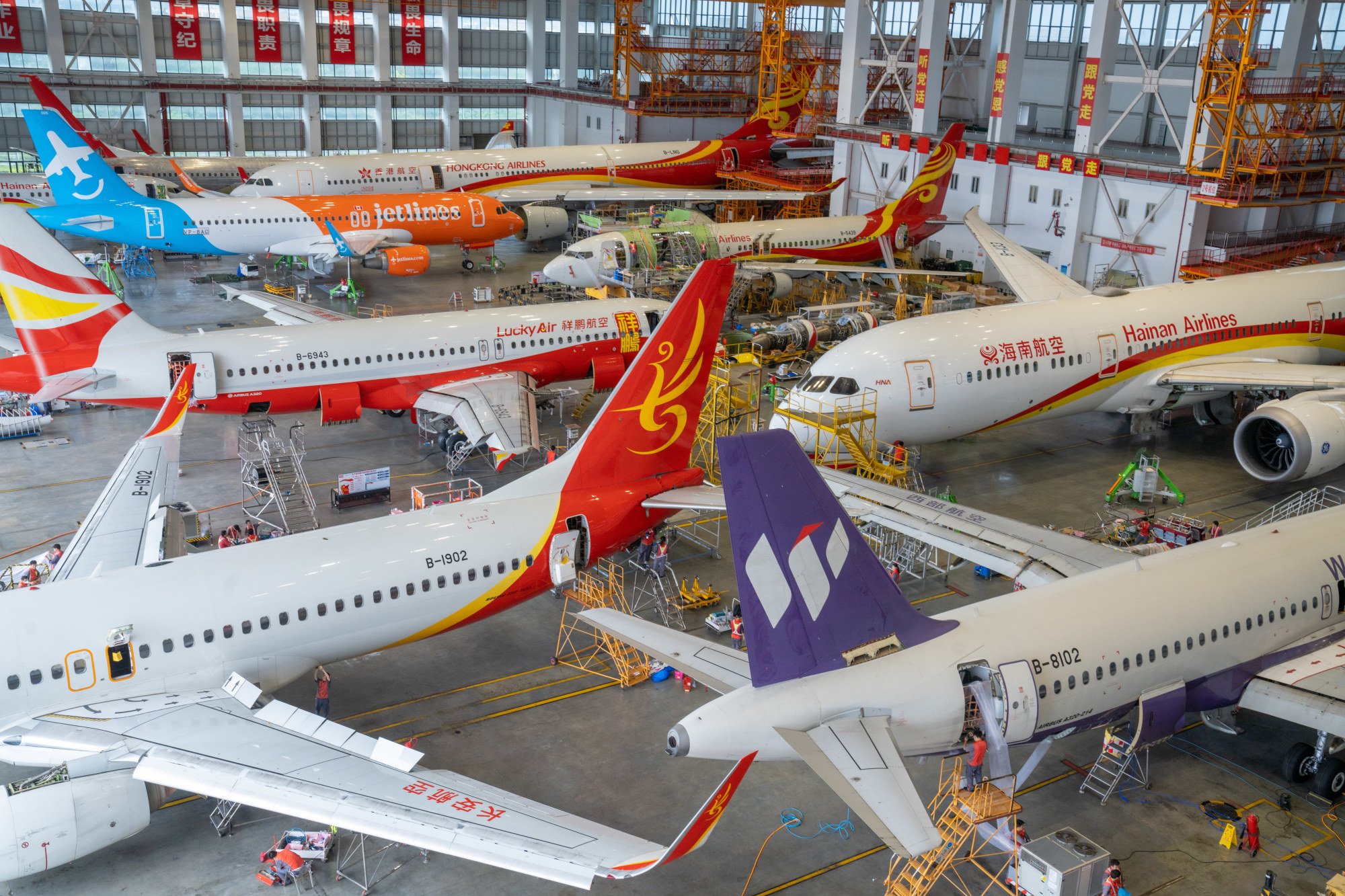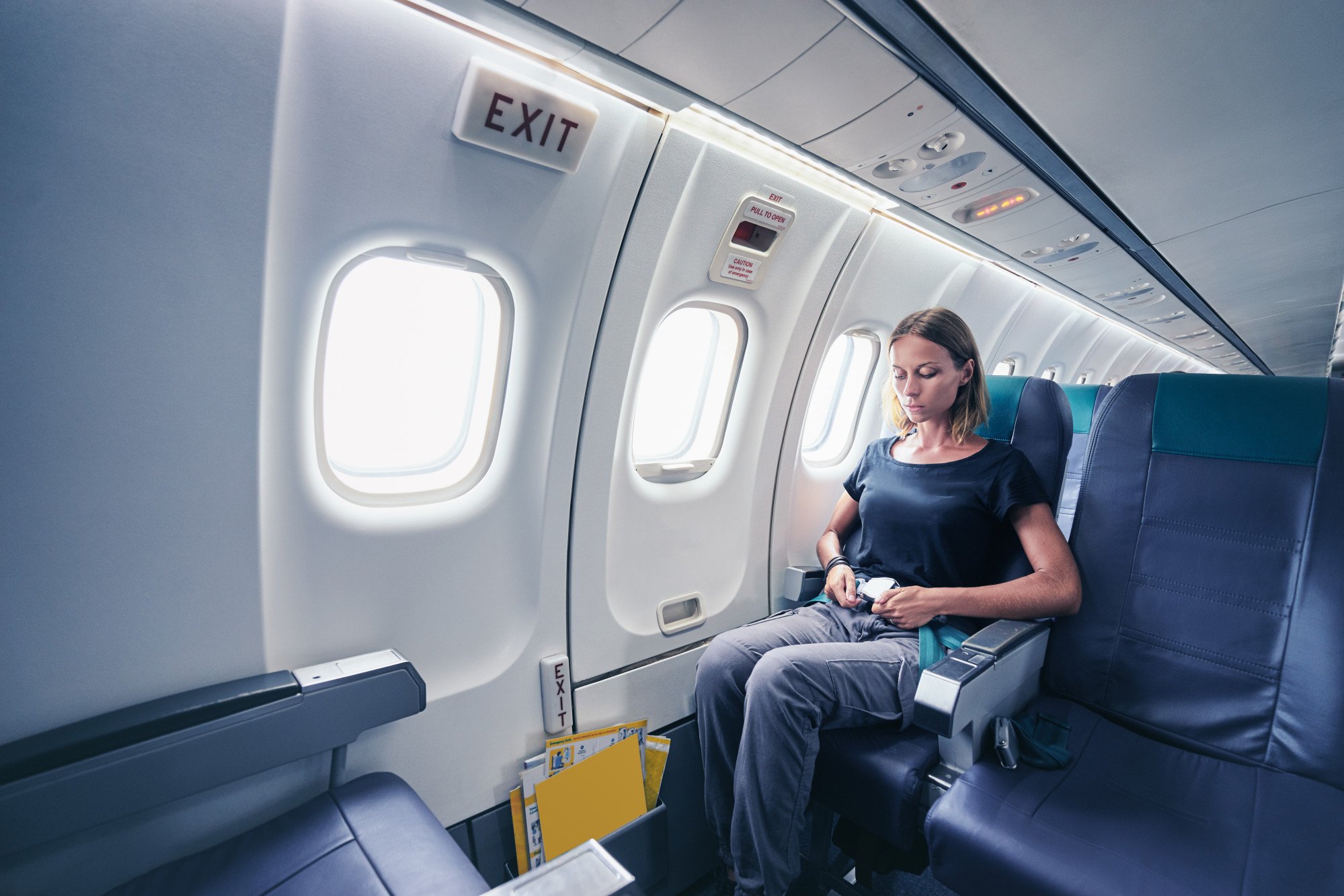
Keep your seat belts fastened on flights
- Clear-air turbulence that struck a Singapore Airlines service, leading to one death and dozens of injuries, is a reminder to buckle up, especially while sleeping on long hauls
Man has constantly striven to make air travel safer as well as faster, further and greener, in the process resolving countless issues. But there remains the problem of clear-air turbulence that is invisible to radar.
It can cause an aeroplane to lose height rapidly at high altitude without warning, as passengers and crew on a Singapore Airlines Boeing 777-300ER can confirm after a terrifying experience this week. One 73-year-old Briton died from a suspected heart attack and dozens of passengers were injured as people and objects were thrown to the ceiling.
A Hong Kong resident was among 20 patients in intensive care in Bangkok.
Those most exposed to risk of serious injury would have been seated passengers who did not have their seat belts fastened, passengers moving about – to go to the washroom for example – and cabin crew on duty on their feet.

Passenger planes that fly millions of kilometres across the world each day are arguably the safest form of transport. But this can lull people into a false sense of security.
These days, airlines are constantly fighting to get passengers, who are distracted by their own devices, to focus on mandatory preflight safety videos, which include reminders about using seat belts.
Aircraft may encounter sudden clear-air turbulence at higher altitudes caused by differences in the speed of air masses. From 2009 through 2018, US aviation authorities found that turbulence accounted for more than a third of reported accidents and most resulted in one or more serious injuries, but no aircraft damage.
On April 30, a Cathay Pacific aircraft from Shanghai battled turbulence as it tried to land in Hong Kong during a rainstorm before diverting to Shenzhen after two failed attempts. Passengers described how they vomited and screamed in fear.

When a safety message is repeated endlessly, it is often because it needs to be. Seat belts are a case in point.
On the roads, where they are put to stern tests every day, they have saved untold lives. Air and surface transport accident risks may not be comparable.
But Monday’s turbulence incident is a reminder of the need to fasten seat belts on all flights, and especially while sleeping on long hauls.

